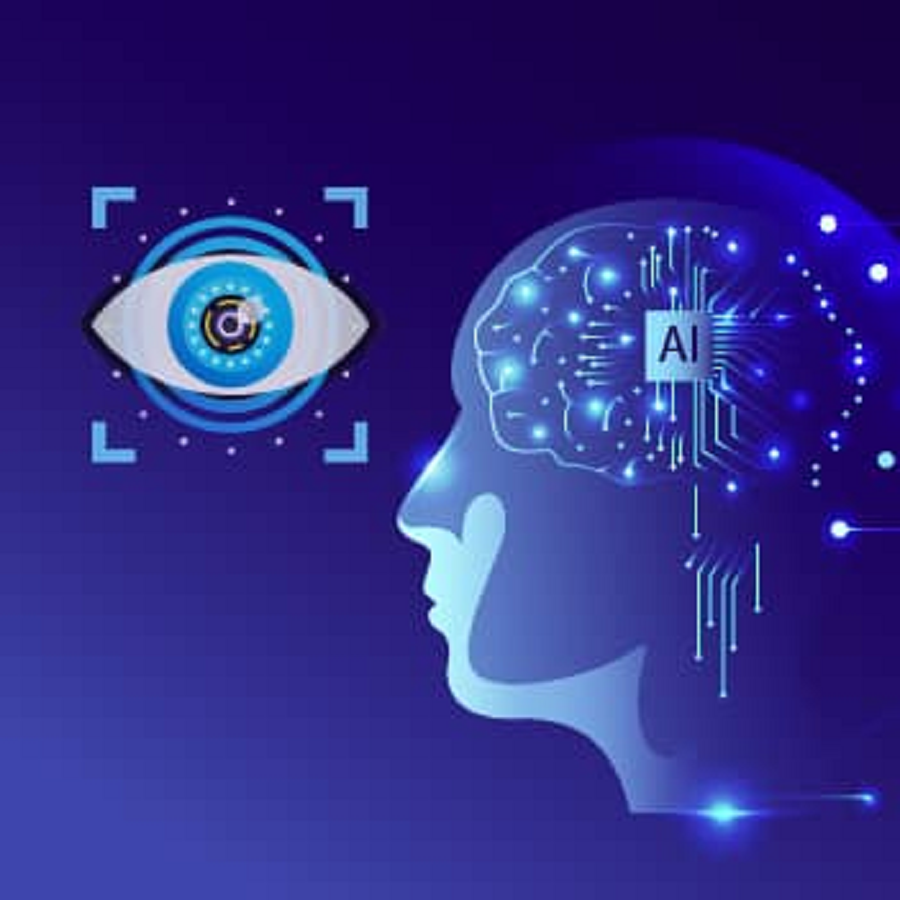5 Strong Points for Considering AI for Software Testing
In conventional QA, the business as usual includes searching for a normal yield in the wake of placing in the information physically. In any event, when test computerization is presented, a portion of the assignments like contribution of information are driven physically. In any case, with AI application testing, the product is made to comprehend the information and anticipate the result precisely. The most awesome aspect of including AI testing administrations is the felicity with which the machine or instrument does testing differently. Additionally, ought to there be any code or UI change, AI can guide the testing instruments to deal with it in a consistent way. Along these lines, be it making test codes, expecting results, taking care of code changes, or anticipating glitches in thousand lines of codes, AI can take care of business with huge time and cost reserve funds.
5 reasons how AI can altogether upgrade QA
1. Computerizing the QA design:
The intricate situation of QA testing makes the distinguishing proof of test measures a troublesome exercise. Since not everything cycles can be robotized, it is a test to pick the ones that need to go through robotization. Likewise, every experiment accompanies various conditions, particularly among characteristics and cases. Taking care of such conditions with data being added, erased or altered because of an adjustment of business rationale can be a bad dream. A hearty AI testing system, then again, can construct fitting experiments according to the characterized rules filling twin needs – pre-empting the making of aimless experiments and making experiments to connect holes the danger inclusion region.
2. Advancement hazard inclusion:
QA specialists are regularly ignorant regarding the dangers related with different cycles and their touchpoints. To accomplish the best outcomes in testing, the QA exercise should utilize AI testing administrations. All that outcomes can cover results, for example, distinguishing the greatest number of imperfections, limiting the term of testing, lessening the quantity of experiments and assets, and expanding the danger inclusion region.

3. Recognizable proof and settling test disappointment cases:
Test robotization can frequently prompt an expansion in the quantity of bombed experiments, particularly for relapse tests. This can happen when the pace of test computerization, the recurrence of testing, and framework intricacy show an increment. Different reasons showing an experiment disappointment can be because of the inaccessibility or log jam of an outsider API or any adjustment of the test application breaking a business-basic usefulness and so on Diagnosing the main driver of such experiment disappointments can be tedious except if AI is thought about. Utilizing AI in programming testing can rapidly distinguish and wipe out the explanations behind such disappointments.
4. Diminishing the weight on QA specialists:
The Agile and DevOps structure involves making a run wherein QA specialists recognize glitches post the improvement of a code. Notwithstanding, man-made reasoning application testing can be utilized even by the advancement group to do a primer test screening. This can lessen the general turnaround time as engineers can recognize and dispose of glitches in the codes ahead of time. Also, they can even alter the codes to pre-empt bugs from sneaking in.
5. Test recreation:
AI testing can reproduce quite a few test clients to approve different functionalities related with an application. This can help in testing every single experiment and its interface with different computerized touchpoints prompting better ID of glitches.


